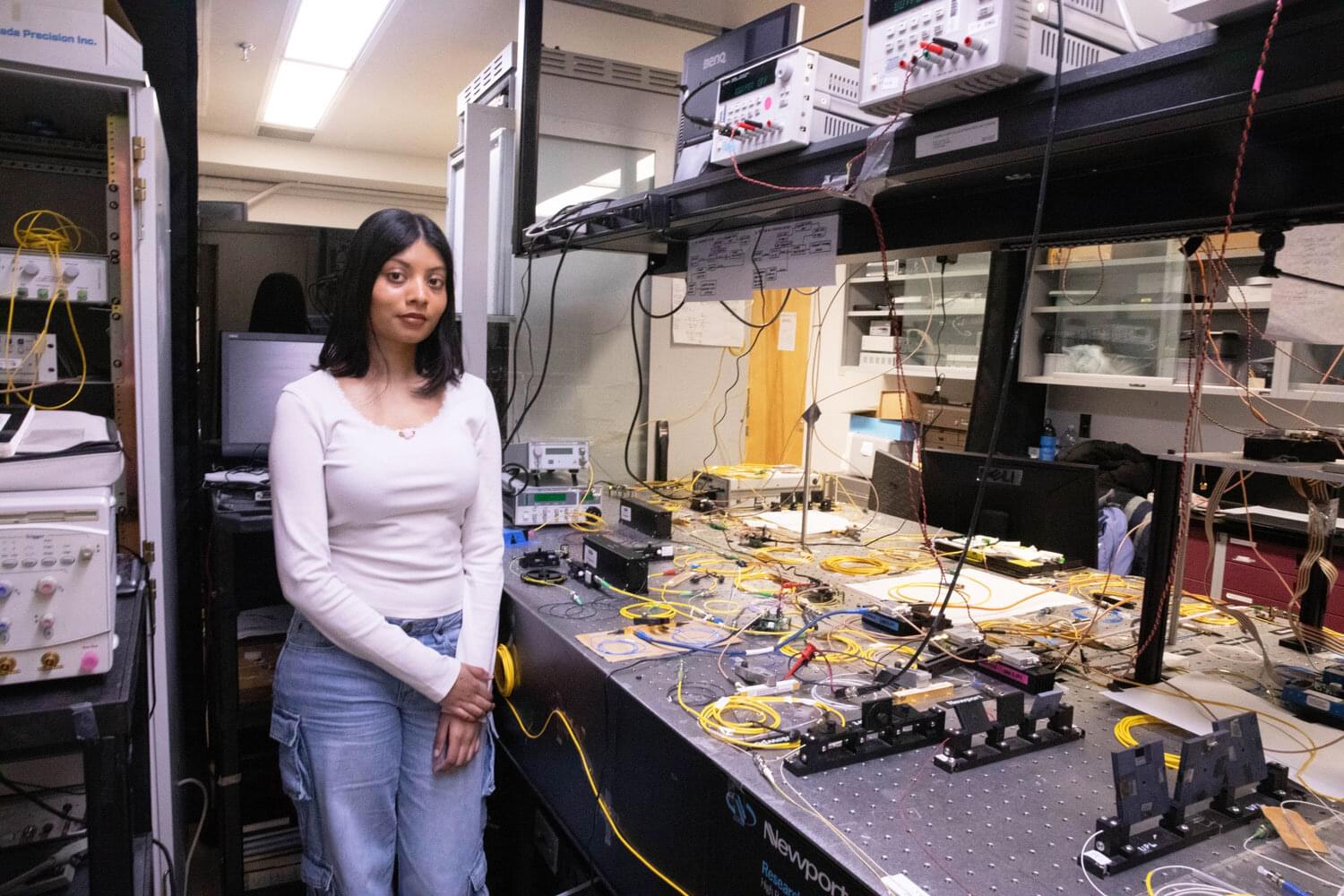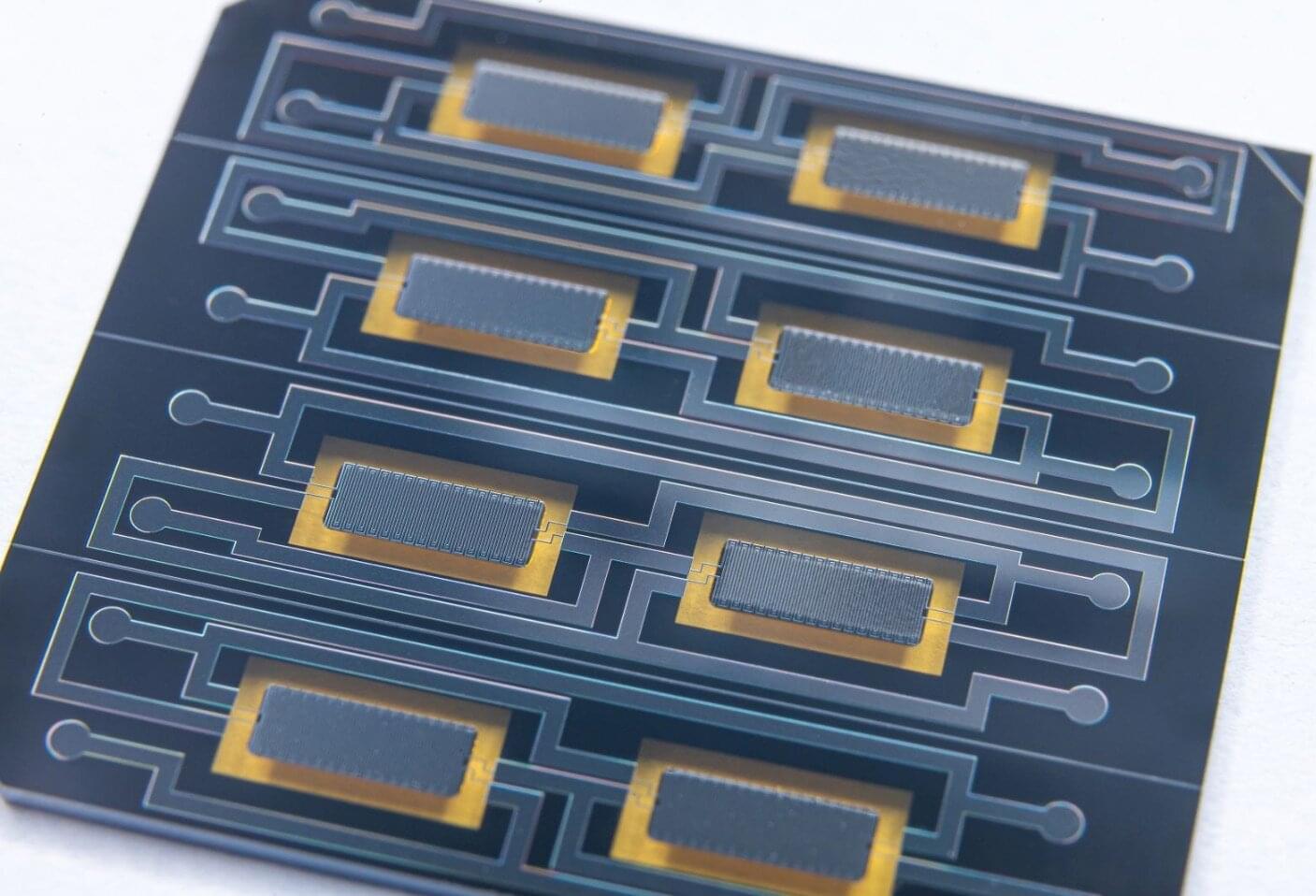
A research team has developed the world’s first quantum microsatellite and demonstrated real-time quantum key distribution (QKD) between the satellite and multiple compact, mobile ground stations.
The research, led by Pan Jianwei, Peng Chengzhi, and Liao Shengkai from USTC, jointly with the Jinan Institute of Quantum Technology, Shanghai Institute of Technical Physics, the Innovation Academy for Microsatellites of the Chinese Academy of Sciences, and Stellenbosch University of South Africa, is published in Nature.
Quantum secure communication is fundamental to national information security and socioeconomic development. QKD, a communication method with proven unconditional security, significantly enhances data transmission security. While fiber-based QKD networks have achieved regional implementation, their practical application over long distances remains constrained by signal loss and limited coverage. Satellite-based systems present a viable solution through free-space communication, potentially enabling QKD on a global scale.









